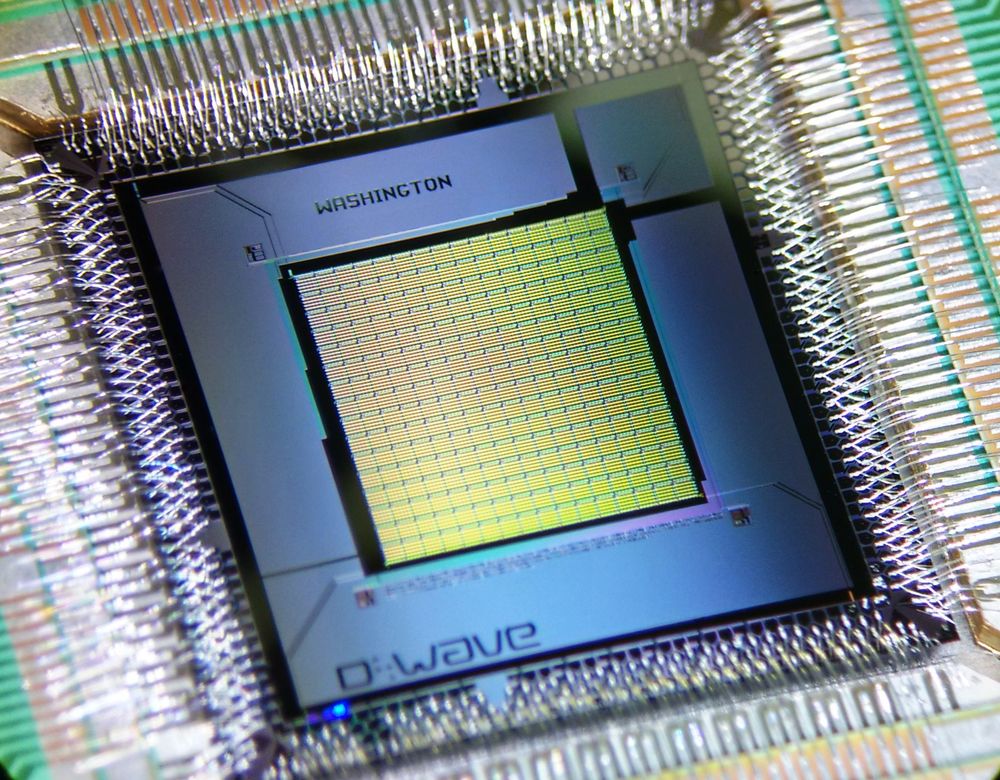A quantum computer can harness quantum states to simultaneously represent bits to offer exponential growth in computation speed and power. Enormous, complex problems traditionally estimated to have taken eons to complete could instead be done in a reasonable amount of time using quantum computers. This makes quantum computing relevant for IoT data and other such potentially complex problems that involve permutation and combination optimization.
At the quantum level, atoms could be programmed to represent all possible input combinations, all at once and therefore test all the combinations simultaneously.
Exponential Increase in Computation Speed
In addition to factorization problems and discrete logarithms, quantum algorithms have far superior speeds than the best-known classical algorithms. These include algorithms used for simulating quantum physical processes in solid state physics and chemistry, approximating Jones polynomials, and solving Pell’s equation.
There isn’t yet any mathematical proof to establish to show that an equally fast classical algorithm isn’t possible. It is, however, widely believed, on a solid mathematical basis, that it is unlikely.
Quantum computers perfectly suit some problems that are computationally intensive. This is because quantum computers can offer exponential increase in speed of calculations when compared to traditional digital computing. One such problem is database search, which could potentially take up a lot of time using today’s digital computers.
The basic premise that quantum computer uses for polynomial speedup is to harness quantum states to represent bits simultaneously. On the quantum level, atoms can be programmed to simultaneously represent all possible input combinations. This means running the quantum algorithm just once tests all possible combinations together. Contrast this with a classical computer where you can process only one possible input combination in one run of the algorithm. You need to cycle through all the combinations one by one to solve the problem. For some problems, such as those involving complex factorization, this requires time that exceeds the age of the Universe.
Read more on IoT Practitioner.


















